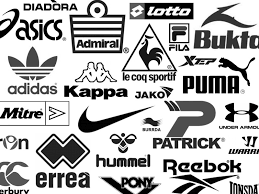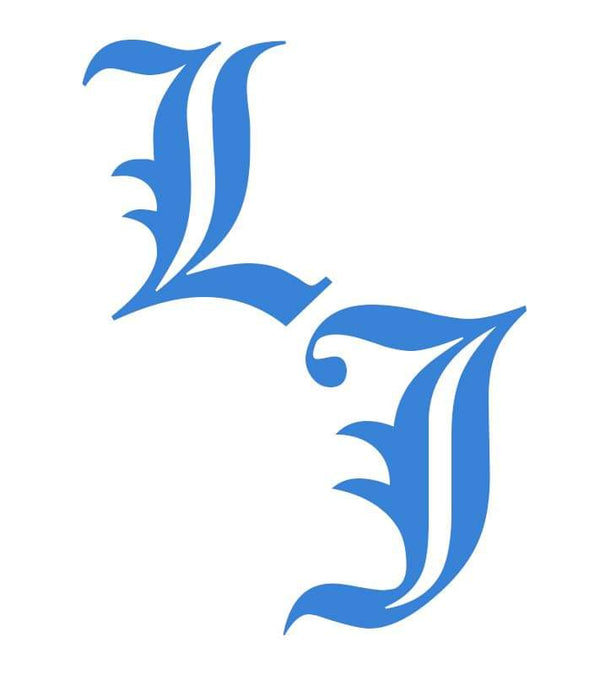
The Dominance of Big Brands in Football Shirt Production: Challenges and the Need for Fresh Competition
Share
Football is more than just a sport; it's a cultural phenomenon, and football shirts are an essential part of that culture. However, the football shirt industry has increasingly become monopolized by a few large companies, limiting variety and innovation across leagues worldwide. According to data from FootballKitArchive.com on the 2023/24 season, the statistics reveal a heavy concentration of power among a few brands:
- Nike: 936 teams
- Adidas: 1,025 teams
- Puma: 534 teams
- Macron: 660 teams
- Umbro: 160 teams
- Kappa: 275 teams
- Castore: 40 teams
- Joma: 881 teams
- Kelme: 142 teams
As we can see, Nike, Adidas, Joma, Puma, and Macron collectively represent thousands of teams globally. This dominance restricts smaller brands' opportunities to compete, making it increasingly challenging for new entrants to disrupt the industry. But why does this matter? Let’s explore the reasons why this consolidation is a problem for the sport, the fans, and even the teams themselves.
The Problem of Template Shirts and Lack of Unique Designs
One major issue that arises from this market domination is the rise of "template shirts." With thousands of teams under their wing, it’s impossible for large companies to provide each team with a unique design. Instead, they resort to generic templates with slight variations, resulting in multiple teams sporting similar designs with minor color differences or logo placements.
For fans and clubs alike, this lack of originality is disappointing. The football shirt is more than just gear; it’s a representation of the team’s identity, history, and spirit. When designs feel recycled, clubs lose a vital opportunity to strengthen their brand, and fans miss out on the excitement of owning something truly distinctive. Imagine being a fan of a team that shares an almost identical shirt with a rival club—it's not exactly inspiring or memorable.
Priority Given to Elite Teams
Another consequence of a handful of brands monopolizing the industry is that most attention goes to the big teams. Major clubs receive custom designs, timely shipments, and heavy marketing support, while smaller teams often face delayed deliveries, poor design choices, and less promotion. This prioritization leaves smaller clubs underserved, even though they also play an essential role in the football ecosystem.
The lack of tailored designs and marketing for smaller clubs impacts the club’s ability to connect with fans and build its brand. At the same time, it's a missed opportunity for the brands themselves, who could gain dedicated followings by investing in more unique, localized designs. By focusing only on elite clubs, big brands overlook a passionate audience and allow loyalty and creativity to stagnate.
Smaller Brands Trying to Disrupt the Market
Despite the challenges, a few smaller brands are emerging and attempting to shake up the status quo. Take Castore, a British brand that’s working to break into the market, although its current reach includes only 40 teams. Another example is Ezeta, an Italian company that's focusing on Italian lower-division clubs with rich histories and loyal fanbases. Ezeta’s first club, Boreale, has seen significant demand, with their shirts selling out across three restocks—a remarkable feat for a fourth-division team. This success is a testament to the value of well-designed, high-quality products that cater to the fans’ love for their club.
These smaller brands bring unique designs and craftsmanship to the table, demonstrating that fans are willing to invest in quality over brand name. By honoring a team’s culture and history, brands like Ezeta are starting to make waves, showing that innovation and creativity still have a place in the market, even if breaking through the established order is challenging.
Financial Barriers and Free Kit Deals
One of the biggest challenges facing smaller brands is the financial weight of competing with giants like Nike and Adidas. Many top clubs receive large payments from these brands, creating a barrier for smaller companies that lack the funds to match these deals. Even when large sums aren’t involved, big brands often lure clubs by offering free kits in exchange for a percentage of sales. For cash-strapped clubs, this offer is hard to refuse, making it nearly impossible for smaller brands to get a foot in the door.
This creates a cycle where big brands retain their hold on the market simply by virtue of their financial resources, rather than the quality of their designs. Smaller brands can’t always afford these types of deals, which makes it tough for them to secure partnerships, no matter how innovative or high-quality their products may be.
Brand Loyalty and Trust in Established Names
There’s also an element of brand loyalty that works against new entrants. Many clubs prefer to stick with a well-known brand like Nike or Adidas because they believe it ensures reliability and quality, even if that isn’t always the case. Unfortunately, there are many instances of big brands delivering subpar service or missing deadlines, but this trust in the “big names” is hard to break.
This trust factor makes it difficult for smaller brands to convince clubs to take a chance on them, even if they offer unique designs and better-quality shirts. Clubs often prioritize brand reputation over potential design creativity, preventing smaller, talented brands from gaining a foothold.
Why Competition is Essential for the Industry and the Fans
A market dominated by just a few brands is ultimately detrimental to competition, creativity, and quality. A vibrant and diverse marketplace encourages innovation, drives up quality, and keeps prices competitive. With more brands competing, there’s a better chance that clubs will receive unique designs, fans will be able to buy more distinctive shirts, and the industry will flourish as a whole.
More competition also allows smaller teams to access the same level of quality, design attention, and service that’s currently reserved for elite clubs. When clubs are given unique designs tailored to their history and identity, it strengthens their connection to their fans and elevates the sport’s overall appeal. Football is all about diversity and passion, and the football shirt industry should reflect that.
Conclusion: The Case for New Entrants and Diverse Brands
As it stands, football shirt production is largely controlled by a few big names, and that needs to change. The entry of more brands into the market would encourage diversity in design, fairer pricing, and a richer experience for clubs and fans alike. Smaller brands like Castore and Ezeta are beginning to make waves, proving that fans appreciate unique, high-quality shirts that celebrate their team’s history.
For the future of football—and the fans who are its lifeblood—it's time for the football shirt industry to open up to new players. A diverse marketplace that includes brands of all sizes can create better outcomes for clubs and fans, allowing each team to wear a shirt that truly reflects its identity and its community. By embracing fresh talent and creativity, we can bring football shirts back to their roots as symbols of pride, heritage, and passion.
